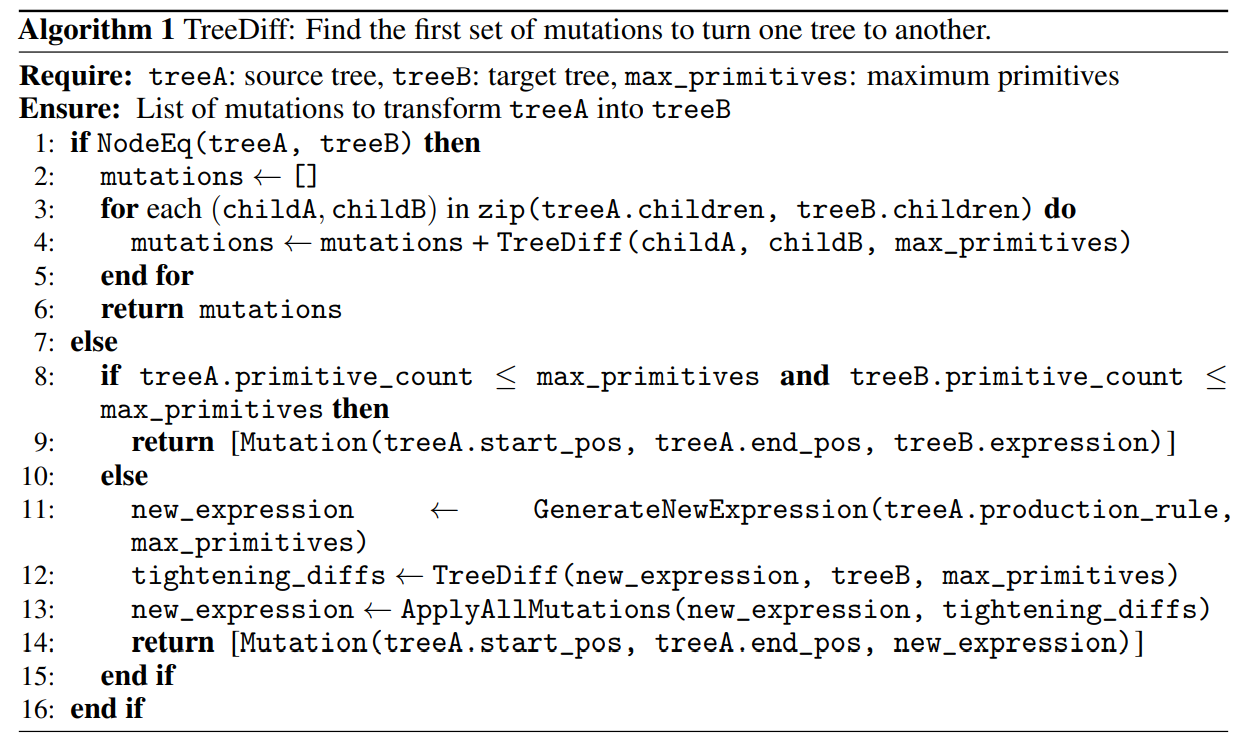Fintech 3.0: Blockchain Eats the World
Author: Harj Taggar (YC), Jesse Pollak (Base) Compiled by Tim, PANews PANews Editor's Note: Y Combinator, a well-known Silicon Valley incubator in the United States, and crypto giant Coinbase have jointly launched a crypto entrepreneurship camp. This article is a "call for action" and hopes that more entrepreneurs will start on-chain development. The article mainly explains the current development of the crypto industry, such as how stablecoins and tokenized assets will penetrate people's lives, and also indicates the investment areas they are interested in. We believe the time is ripe for a shift to on-chain development. Over the past decade, the relevant tools have continued to develop, and with the emergence of low-gas public chains, the global circulation of stablecoins, an easy-to-use wallet ecosystem, and a growing user base, the infrastructure is finally in place. We've observed several key trends that are creating tremendous opportunities for developers worldwide. This starts with the fact that we are at the beginning of a new era in FinTech – FinTech 3.0. Fintech 1.0 was the initial digitization of the financial industry in the 1990s, driven by companies like PayPal. The key breakthrough during this period was the rise in consumer acceptance of online payment methods. Fintech 2.0, which took place over the past decade and was driven by companies like Stripe, Plaid, Brex, and Chime, is centered around building application programming interfaces (APIs) on top of the existing financial system. A key breakthrough in this phase was the emergence of banking-as-a-service providers, which enabled startups to innovate and develop on top of the legacy financial system. We are entering the FinTech 3.0 era. This era will see the financial system restructured with code, with payments and settlements delivered instantly around the clock around the world. User assets will be stored in digital wallets and fully controlled by individuals, and traditional banks will no longer be the only option for asset custody. For years, regulatory uncertainty has been a major obstacle to building Fintech 3.0. With the enactment of the GENIUS Act and the potential imminent introduction of the CLARITY Act, the US now has a clear regulatory framework for cryptocurrencies, enabling entrepreneurs to confidently build groundbreaking businesses on-chain. This represents the greatest opportunity for cryptocurrency startups in years, and Y Combinator and Coinbase are committed to providing funding and support to help you seize this opportunity. While the list below is by no means exhaustive, there are several key areas where we will be particularly focused and looking to invest. Stablecoins Stablecoins are the first major success story in the FinTech 3.0 era. Stablecoins are on-chain assets whose value is pegged to fiat currencies or assets like gold, designed to maintain price stability. As a payment tool, stablecoins offer significant advantages over traditional financial transactions, particularly in cross-border payments. Users can transfer stablecoins to anywhere in the world 24/7, at a cost of less than a cent, in less than a second, and without foreign exchange fees. This isn't just a theoretical assumption; trillions of dollars in stablecoins are already being used to settle payments in real time. People are already building stablecoin applications with millions of users. YC alumni companies like Kontigo, DolarApp, and Aspora are providing instant, low-cost payment and remittance services to millions of users across Latin America and South Asia. El Dorado, a platform for sending and receiving stablecoins in Latin America, backed by Coinbase Ventures, has processed $200 million in transactions for nearly 1 million users over the past year, demonstrating the region's growing demand for cryptocurrencies as a hedge against currency devaluation. This isn’t just an attempt by startups: Coinbase has just partnered with Shopify to launch an open-source commercial payment protocol that supports any traditional online business scenario and on-chain stablecoin payment processes. It combines all the advantages of crypto payments (lightning-fast settlement speeds and near-zero transaction fees) with the security and scalability of typical e-commerce functions (delay capture, final tax confirmation, and refund capabilities). Despite regulatory headwinds, the continued success of stablecoins demonstrates strong market demand for them. Following the successful passage of the GENIUS Act in the United States, stablecoin adoption is poised for explosive growth. This legislation creates a comprehensive federal regulatory framework for stablecoins, similar to that of the banking system. Since the GENIUS Act's enactment, the total stablecoin market capitalization has grown by over $30 billion, with major corporations such as Amazon and Walmart expressing interest in issuing their own stablecoins. There are many directions for development in the stablecoin space, but we are particularly interested in the following: Full access to stablecoins: Platforms that process payments, lending, and other financial services can achieve significant efficiency gains through stablecoins. Enabling businesses and consumers to transact seamlessly on these platforms will unlock significant value. Local currency stablecoins: Stablecoins pegged to local currencies allow citizens in countries with high inflation to reap the benefits of cryptocurrency without relying solely on the US dollar. Governments and consumers concerned about dollarization can use these stablecoins as the cornerstone of local payment, savings, and credit systems. Crypto-native businesses: With the emergence of the Commerce Payments protocol and other tools, merchants, lenders, and consumers will have the opportunity to process acceptance, credit, and payments in a crypto-native manner. This will open up new possibilities for serving customers, given the global nature of the platform. Tokenization and Trading The infrastructure that powers stablecoins can be used for any asset. This is what makes Fintech 3.0 truly fascinating. Through tokenization, we will fundamentally change the definition of assets and the range of holders. Tokenization involves representing real-world assets (such as government bonds, startup equity, art, or loans) as digital tokens on a blockchain. Its core value lies in making assets that have historically lacked liquidity and been monopolized by layers of middlemen accessible to anyone, anywhere, at any time. In reality, this might mean: Instead of waiting a month for a check, you can receive your share of the rental income of your properties in real time, every second. Rather than going through complicated paperwork to exercise your startup stock options, you could have a “live cap sheet” that converts your equity into programmable tokens that you actually own and can buy and sell freely on the open market. Instead of investing millions in private lending, you can simply purchase tokens that represent a portion of a decentralized loan portfolio. This is already happening. Mainstream institutions like JPMorgan Chase are bringing deposit tokens to the blockchain, while startups like Courtyard are tokenizing physical collectibles. We're also witnessing a wave of tokenization of new on-chain native assets like creator tokens and content tokens on platforms like Zora and Pump.fun. All of this is giving rise to a ton of new things: companies like Axiom, a YC alumnus, have become the fastest-growing YC alumnus we've ever seen. The core infrastructure is in place, and we are looking for founders to develop products that will bring all types of assets online. We are particularly interested in: New credit market: Lending protocols leverage on-chain identity and reputation to provide undercollateralized loans, providing funding to individuals and businesses overlooked by the traditional financial system. On-chain capital structuring: A tool for startups to raise funds directly from users, managing equity structure tables through programmable tokens, replacing the traditional model of spreadsheets and legal services. New trading front ends: The surge in assets presents new trading and investment opportunities for consumers and businesses. Applications and Agents On-chain technology also opens up new frontiers for applications and intelligent agents, unattainable in the previous internet era. Think of blockchain as a new operating system: a globally shared platform that makes application development an order of magnitude more efficient than traditional models. No single company holds a monopoly, and any developer can build products on it without permission. With its "money as software" nature, intelligent agents are inherently equipped to participate in this new economic landscape. We believe this will trigger a surge in new applications. Social, financial, collaborative, gaming—you name it. We're already seeing this trend with platforms like Base: you can use these apps to do everything from getting a loan instantly, to earning money while playing games, to supporting your favorite creators and earning money yourself. We believe these applications will also appear in chats in the form of agents. AI agents equipped with digital wallets will be super-empowered to help people participate in and navigate the rapidly growing global economy. They will simplify and improve the user experience, just as they do in other areas of commerce around the world.





